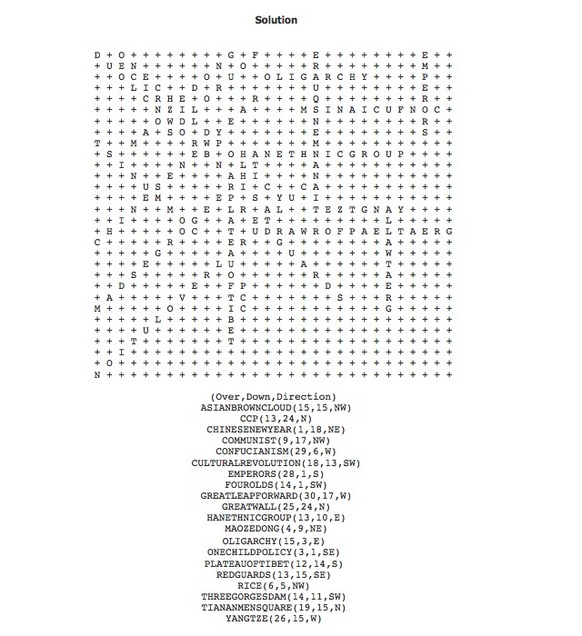

And while I’m immeasurably pleased by the progress that’s happened since the publication of our first CRISPR-Cas9 paper a decade ago, I also feel a continual sense of urgency: Are we dreaming big enough? Moving quickly enough? I think back to the advent of the cellphone-another groundbreaking technology in our shared memory. Few scientists get to experience what I have. Sometimes, when I think about my part in all this, I am overcome.

This growing CRISPR economy was estimated at $5.2 billion in 2020 venture investors poured more than $1 billion into the growing ecosystem of genome-editing companies in 2021 alone. They’ve also launched companies and helped existing ones break new ground. These advances-and more like them to come in preventive medicine, diagnostics, agriculture, biomanufacturing, and synthetic biology-promise to improve the lives of millions of people. For other crops, CRISPR is being used to increase yield, reduce pesticide and water use, and protect against disease. An FDA-approved edit to cattle genes re-creates a slick coat, occasionally found in nature, that allows cows to tolerate increasing temperatures using CRISPR to breed a tomato variety, approved for sale in Japan, has enhanced its nutritional qualities. CRISPR has also been used to enable T cells to find and destroy cancer cells, and to disrupt production of a disease-causing protein in patients with hereditary transthyretin amyloidosis, a genetic disease that irreversibly damages the nerves and heart. A simple CRISPR edit can suppress the genetic defect responsible for sickle-cell disease, providing an apparent cure to this serious blood disorder. In animal and plant cells, cutting DNA with CRISPR-Cas9 allows us to turn some genes off and to turn others on. This niche discovery has spurred an entire biotech revolution of its own.

In a life-changing collaboration with the French scientist Emmanuelle Charpentier, we figured out how the chemistry of this process could be harnessed not to destroy viral DNA, but to cut the genome with unprecedented ease and accuracy in virtually any cell. Based on these records, the bacteria use RNA, DNA’s chemical cousin, to provide proteins (called “cas,” for “CRISPR-associated proteins”) with the information needed to find and destroy future invading viruses. These defenses rely on repeated sequences of DNA, called CRISPR, which are contained in a microbe’s genome and are essentially a genetic record of a viral attack, derived from a snippet of a virus’s own genome. In the mid-2000s, I was leading a research lab at UC Berkeley with a project investigating how microbes are able to protect themselves from viral infection. But before my colleagues and I developed the technology for CRISPR genome editing, we weren’t fully aware of just how far the world was from fulfilling biotech’s promise to create a universe of accessible tools for improving human health and our environment. Companies such as Genentech leveraged this new knowledge to create novel medicines and to better control diabetes, cancer, and other debilitating conditions. Beyond hope and wonder, I was filled with a sense of fierce urgency to expand CRISPR’s impact to the people around the world who need it most.īiotechnology as we know it today came of age in the 1970s, when the advent of technologies to copy individual genes and mass-produce the proteins they encode spurred a molecular revolution. Imagining how the technology I’d helped create could change this boy’s life, I was overwhelmed with emotion. Most types of muscular dystrophy originate with genetic mutations that weaken key muscle proteins, and I had just come from a meeting where a cure appeared possible, using CRISPR technology to rewrite the DNA of kids just like him. Eventually, I knew, the crutches would no longer be enough. Generally manifesting in childhood, the disease steadily robs those who have it of their ability to walk. The younger boy slowly made his way on crutches, displaying the telltale signs of a hereditary disease called muscular dystrophy.

Two years ago, I was working on my laptop in an airport lounge in Newark, New Jersey, when I glanced up and saw a couple walking with their two boys. Criss Cross Puzzle Curriculum Behavior Modification Puzzlemaker Hannah Scully Edt 180 Welcome To Discovery Education S Puzzlemaker Create Crossword Puzzles Word Searches Mazes And Other Puzzles For Your Classroom Today Task And Key Words 1 Worksheet


 0 kommentar(er)
0 kommentar(er)
